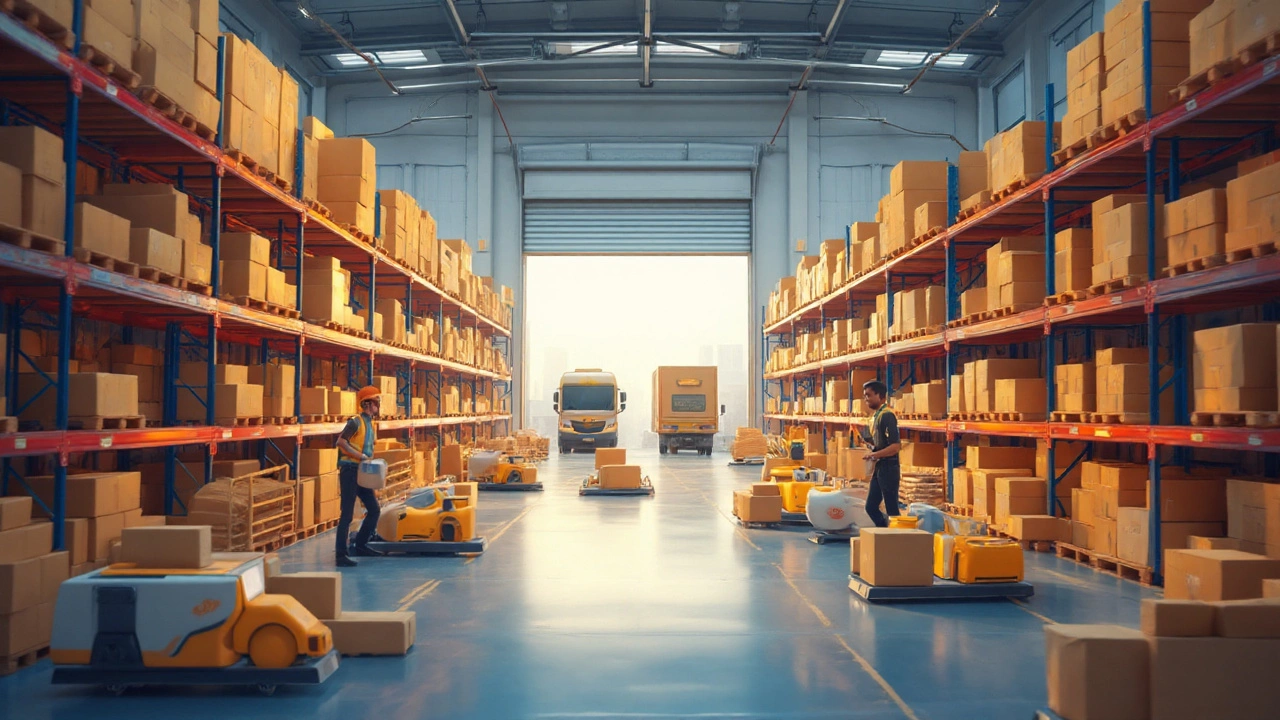Electronic Logistics: How Digital Tech Is Changing Shipping
Ever wondered why your online order shows up with a live map and exact ETA? That's electronic logistics at work. It’s basically the old supply‑chain process wrapped in software, sensors, and data. Instead of guessing when a bike will arrive, you get real‑time updates, automated paperwork, and smarter route planning.
When you think about moving a motorcycle from Chennai to another city, the steps look the same: pack, load, drive, unload. The difference is how each step is tracked and optimized. A GPS‑linked truck tells you where the bike is every five minutes. An app alerts the driver when traffic slows down so they can reroute instantly. The result? Faster delivery and fewer surprises for the customer.
Why Go Digital? Simple Benefits
First off, electronic logistics cuts down on paperwork. Instead of filling out a stack of forms, you upload a photo of the bike, click ‘confirm,’ and the system records everything automatically. That saves time and reduces human error.
Second, data becomes your secret weapon. By looking at past trips, the software can predict the best loading times, fuel-efficient routes, and even the cheapest carriers. You end up paying less and delivering quicker.
Third, customers love transparency. When they can watch a live map or get a text when the bike is out for delivery, their confidence grows. Happy customers mean repeat business and good reviews.
Practical Tips to Start Using Electronic Logistics
1. Choose a simple platform. You don’t need a massive ERP system; a mobile app that lets you scan, track, and report is enough for most bike transports.
2. Equip your drivers with smartphones or tablets. A device with GPS and a decent data plan lets you collect location info without extra hardware.
3. Set up automatic alerts. Configure the system to email you when a delivery is delayed or when a bike reaches a checkpoint. It keeps you in the loop without staring at a dashboard all day.
4. Train your team. A quick walkthrough of the app, how to upload images, and what each notification means will make the transition smooth.
5. Review the data weekly. Look for patterns – maybe certain routes always cause delays, or a particular driver consistently saves fuel. Use those insights to fine‑tune your process.
Electronic logistics isn’t a luxury reserved for giant corporations. Even a small bike transport service in Chennai can boost efficiency with a few digital tools. The key is to start simple, measure results, and add features as you grow.
So the next time you need to send a motorcycle across town, think beyond the truck. Ask yourself: am I using real‑time tracking? Do I have automatic paperwork? If the answer is no, it’s time to bring electronic logistics into the mix – and watch your deliveries become faster, cheaper, and more reliable.
